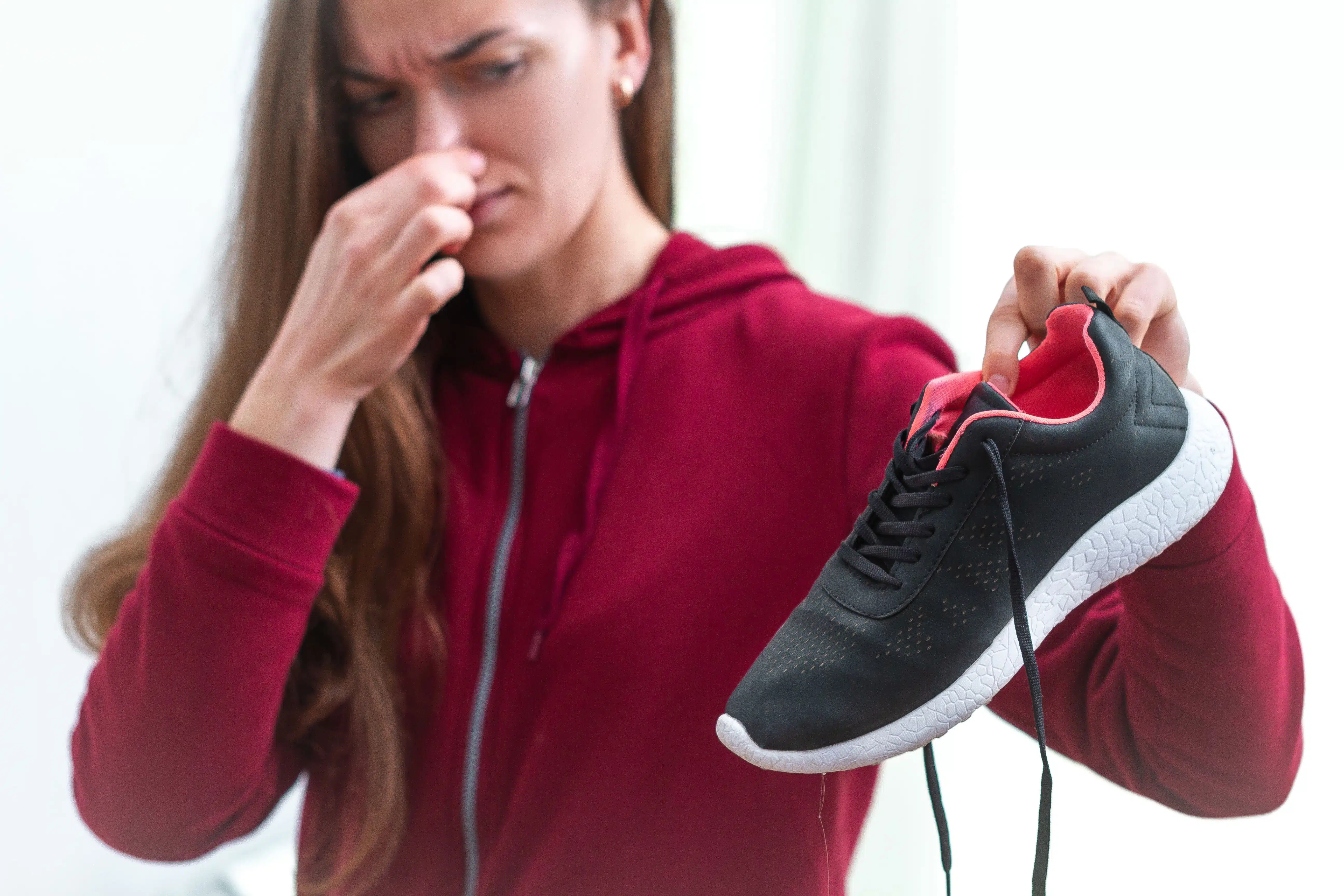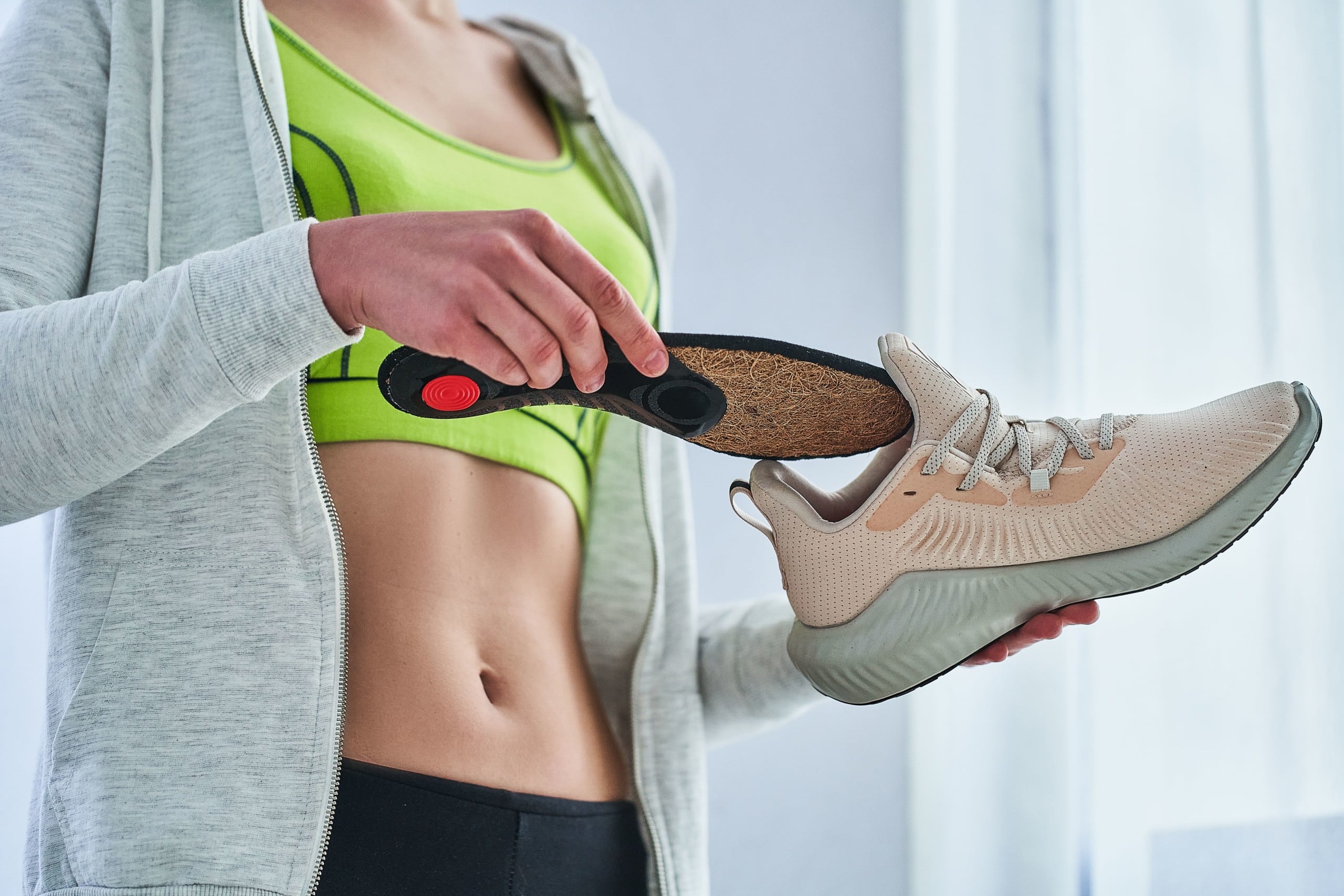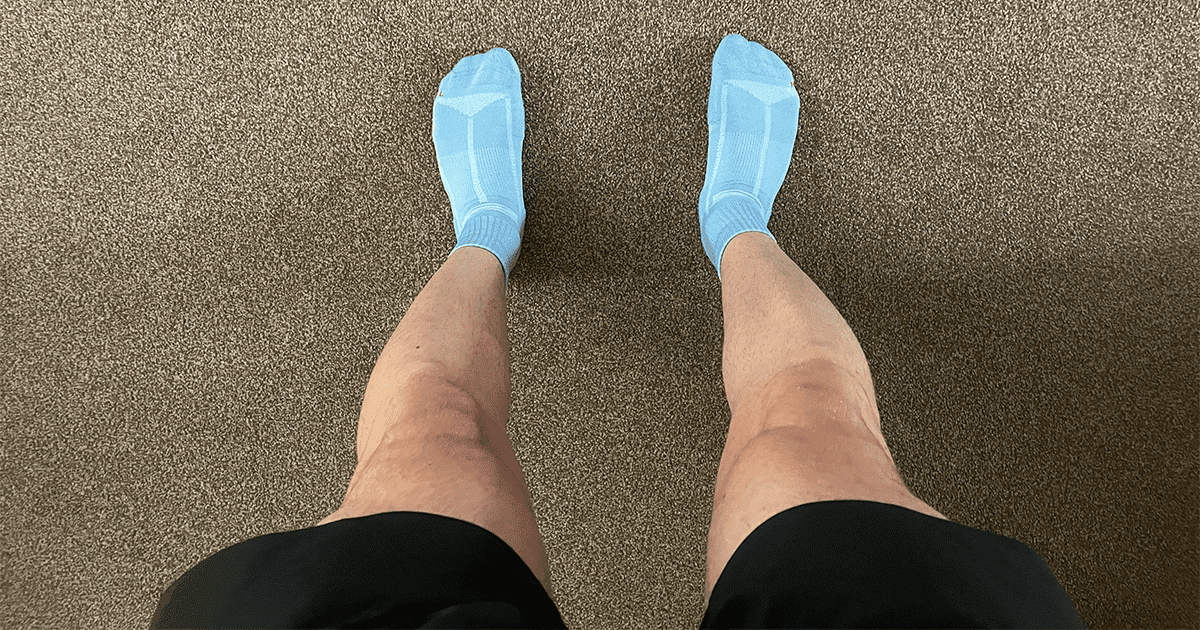7 Bodyweight exercises for beginner runners
Wait… I should be doing more than just running? Here are seven bodyweight exercises for beginners.
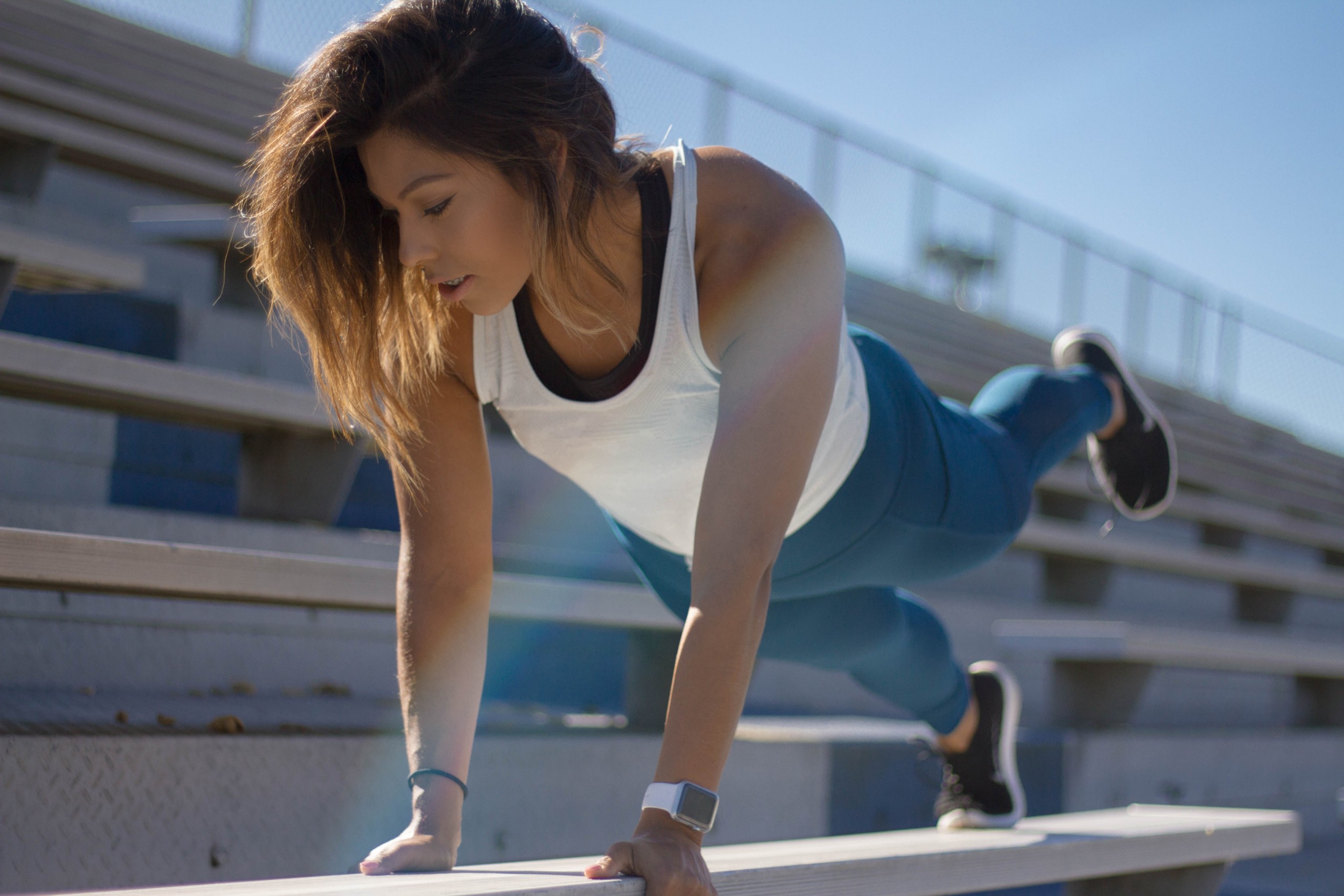
We get it, you’re a runner, you love to run… whether you’ve been running for a week, a year, or a lifetime you will benefit from training which isn’t running, shocking right? A great place to start is with a few bodyweight exercises, ideal for performing at home without the long trek to the gym.
Firstly, let’s discuss the importance of strengthening our muscles and what impact this has on our running. You see while running more often makes us a better runner (duh!), hitting the gym or performing bodyweight exercises reduces our risk of injury, strengthens key muscles used for running resulting in faster running, and finally if you’re lucky you may also sculpt yourself a six-pack in the process.
So, with the key benefits out there, hopefully, you’re ready to go and eager to improve your running through some basic beginner bodyweight exercises – here is seven to try at home.
Related: Strength training for runners: the beginner’s guide.
1. Squat
An all-time classic, the squat. Great for building strength in the quadriceps, glutes, hamstrings, and even the lower back, the squat will increase your power output while running, reducing your effort when running at faster paces.
How to perform:
- Stand with your feet shoulder-width apart and feet slightly turned out
- Keeping your back straight, sit backwards bending the knees until your thighs are parallel to the floor
- Push through your heels and return to the starting position
- Repeat for 8-12 reps
2. Plank
The plank is a basic, yet extremely effective bodyweight exercise for building whole-body strength, but with a main focus on the core. Increasing your core strength may not only reveal that long sought after a six-pack, but it’ll improve your running form, reduce your risk of injury, and improve your posture when you begin to get tired in the latter stages of a race or long run.
How to perform:
- Place your forearms on the floor with your elbows below your shoulders, arms parallel to the body
- Push upwards onto your toes and forearms to form a straight line
- Hold this position for 30-seconds
Tip: As you advance, you can increase the duration to make this more challenging.
Related: 5 Intermediate core exercises you can do at home.
3. Glute bridge
The glute bridge is great for building strength in your glutes – the biggest muscle in our bodies. Increasing glute strength will improve posture and improve power through each step when running, certainly not one to neglect.
Likewise, weak glutes often contribute to various injuries – resulting in other muscles compensating for the lack of strength in the glutes.
How to perform:
- Lie faceup on the floor, knees bent, arms to the side, and feet flat on the floor
- Lift your hips off the ground to form a straight line with your knees, hips, and shoulders
- Squeeze at the top of the movement and repeat 10-12 times
4. Walking lunges
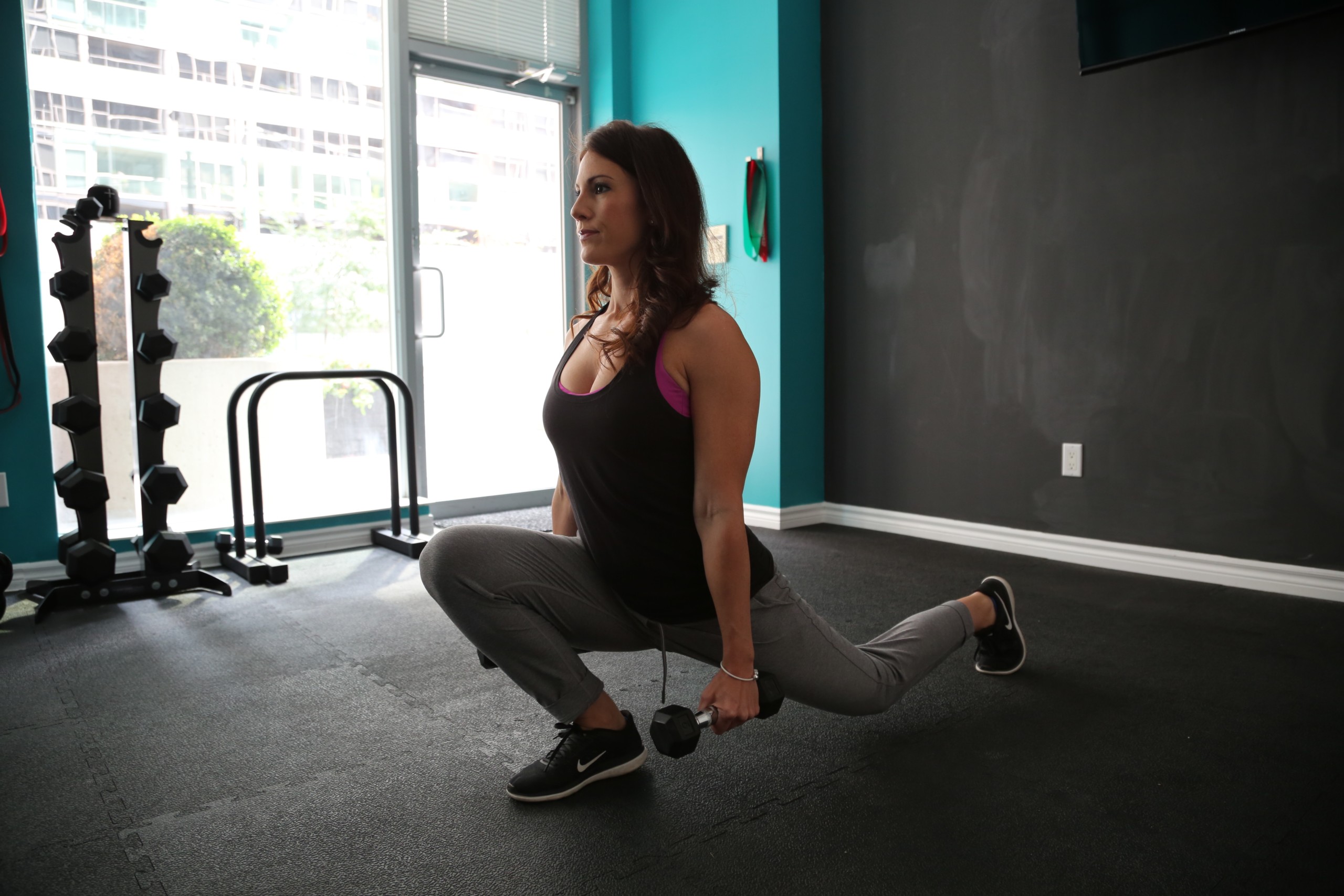
Walking lunges will work all lower leg muscles, as well as your core and lower back to help stabilise during the movement. This is a great bodyweight exercise to add to a circuit, breaking a sweat while engaging all of the lower leg muscles in unison. For this reason, walking lunges are a popular exercise choice for runners, alongside squats, of course.
How to perform:
- Standing tall, take a big step forward bending both knees at a 90-degree angle until front thigh is parallel to the floor
- Push through your heels, returning to the start position
- Repeat on the other leg
- Complete for a total of 15-20 reps (each leg)
Tip: To make this exercise harder, add two dumbells in each hand or a barbell on your shoulders.
5. Burpees
The burpee is a full-body exercise that will get each and every muscle working while spiking your heart rate through the roof. A great exercise to do at home or in the gym, the burpee will have you sweating, aching all over the next day, and wanting more.
How to perform:
- Start standing, feet shoulder-width apart
- Squat down placing your hands on the floor directly in front of you
- Kick your feet back entering the push-up position
- Perform one push-up and explode upwards into the starting position (adding a jump at the top for an added challenge)
6. Sit-ups

An all-time classic, the sit-up is a great bodyweight exercise to add to any routine or circuit. The sit-up is great for engaging the core and working on that ever so popular six-pack.
How to perform:
- Lie down flat on a mat
- Bend your legs placing your feet firmly on the ground
- Curl your upper body towards your knees
- Lower yourself back down slowly and repeat 10-50 times
Sit-ups can be performed both slow and fast. However, placing more tension on the eccentric motion (lowering yourself down) will provide the biggest bang for your buck.
Tip: To increase stability focus on digging your heels into the floor.
7. Single leg balance
Our seventh and final exercise is the single-leg balance. This exercise is excellent for building stability and strength in the lower leg, especially in the ankles.
If you’ve recently suffered an ankle injury this exercise will be a godsend – allowing you to re-build your ankle strength and get back on the road in no time whatsoever.
Likewise, this exercise is also a fantastic pre-hab choice – strengthening our ankles to prevent injury down the line.
How to perform:
- Place your hands on your hips
- Raise one leg forming a 90-degree bend
- Hold this position for 30-60 seconds
- Repeat on the other leg.
This exercise should be repeated a minimum of three times on each leg, slowly building this up over time.
Tip: To make this exercise more difficult, close your eyes during each rep.
To conclude
Bodyweight exercises are not only accessible but are also a great way to get in an effective workout from the comfort of your own home without any equipment.
Regular strength training and bodyweight exercises will reduce your risk of injury and improve your running efficiency, essentially equalling faster running.
Use these seven exercises to get started, done from the comfort of your own home, in the gym, or anywhere in-between.

Matthew is a lifelong runner, chief tester of all products, the founder of Running101, and freelance content writer for active brands. When he’s not writing, he enjoys lifting weights, cycling in the Lake District, and watching fast cars drive in circles on a Sunday. He also has a BA in sport, exercise and physical activity from the University of Durham.

